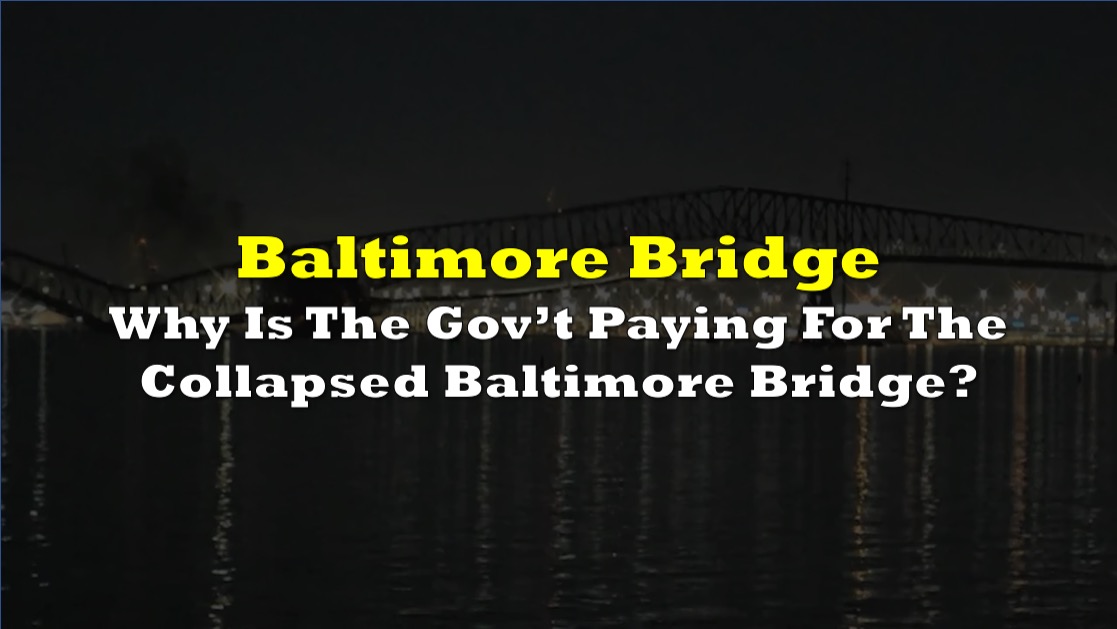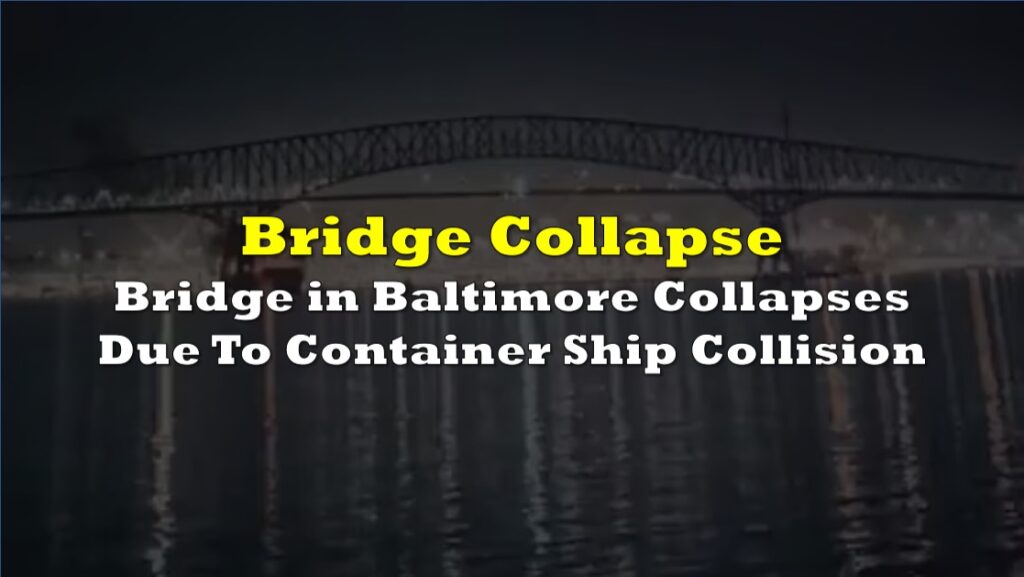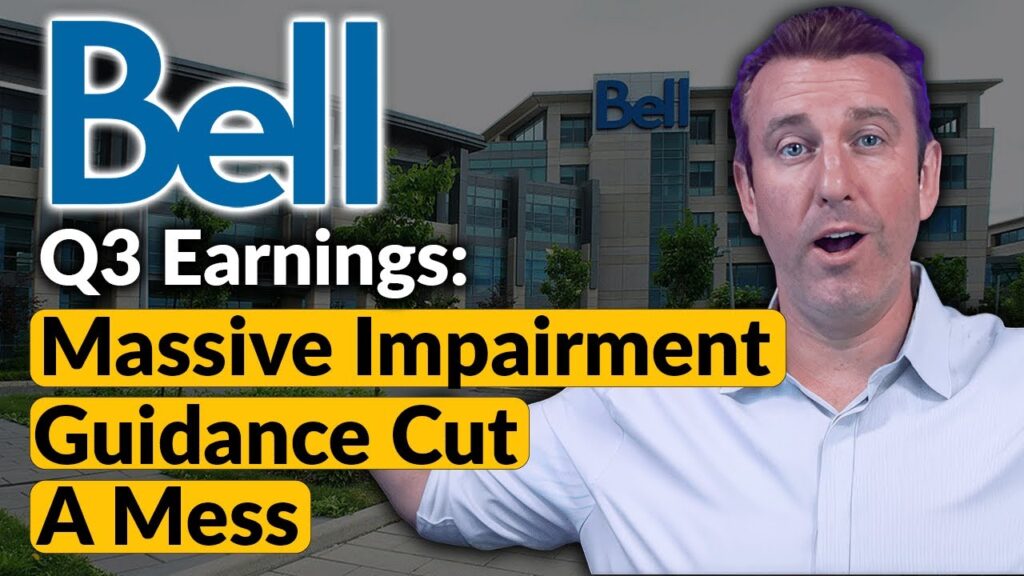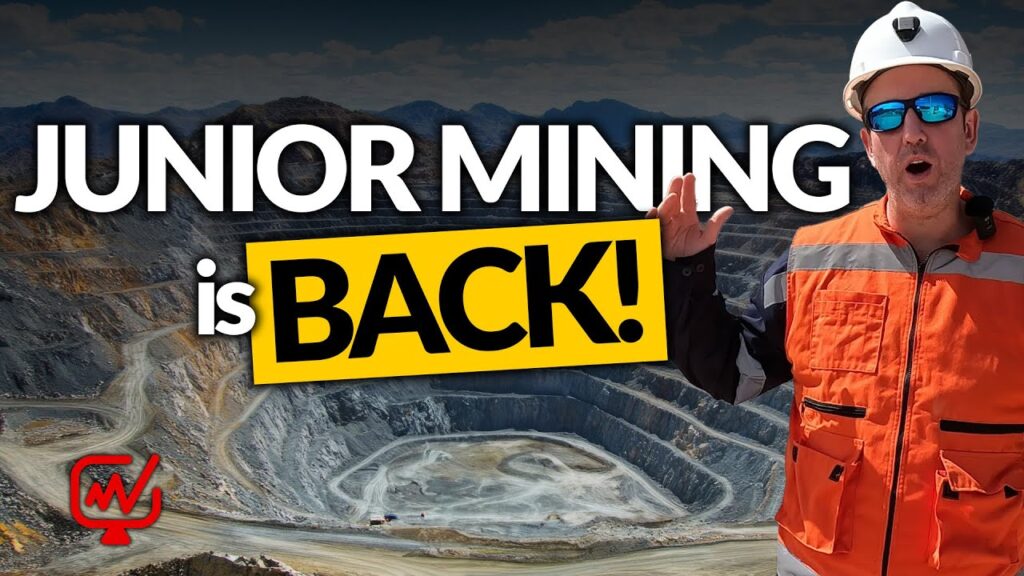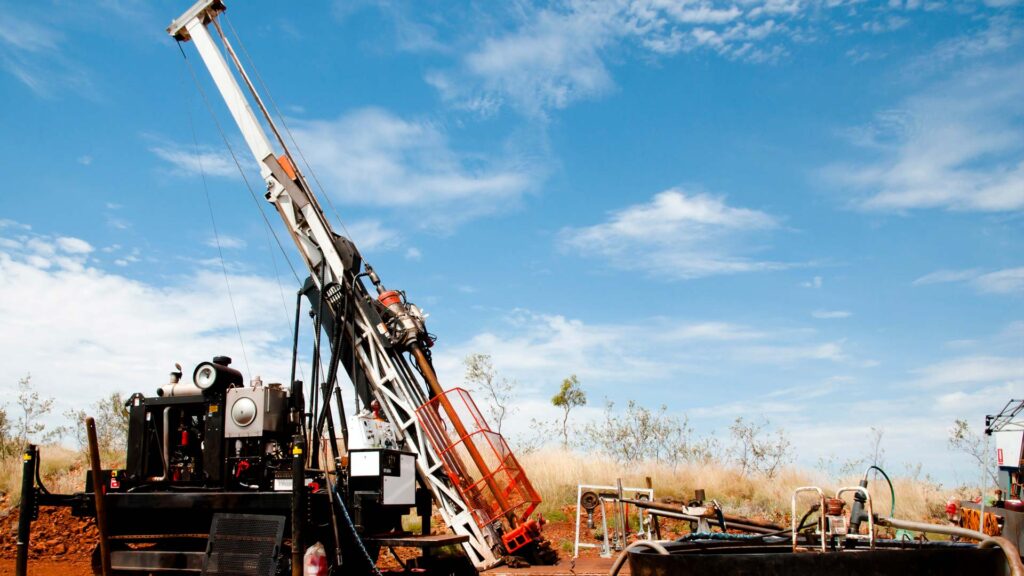Following the unfortunate accident featuring a container ship colliding with the Francis Scott Key Bridge in Baltimore leading to its collapse, social media was abuzz on who will pay for the damages and the reconstruction.
It turns out, it’s the federal government who will foot the bill for rebuilding the bridge. President Joe Biden has pledged full federal support for the reconstruction of the Baltimore bridge, adding that he expects “Congress to back [his] proposal.”
“We’re going to work with our partners in Congress to ensure the state receives the necessary support. It is my intention that the federal government will bear the full cost of reconstructing that bridge, and I expect Congress to back my proposal,” said Biden before departing for North Carolina.
Acknowledging the magnitude of the task ahead, Biden emphasized that rebuilding the bridge would require time. However, he assured Maryland Governor Wes Moore that expedited efforts were underway to reopen the port and initiate bridge reconstruction.
Biden has also extended his sympathies to those impacted by the tragic accident, particularly families awaiting news about their loved ones. He stressed that the primary focus remains on the ongoing search and rescue operation.
At least six individuals have been reported missing, according to Moore. Rescue teams utilizing sonar equipment have located five vehicles submerged, including three cars, a cement truck, and another vehicle.
The incident, described as a “developing mass casualty event,” occurred at approximately 01:30 EST on Tuesday. The vessel struck one of the bridge’s supports, resulting in the structure buckling and tumbling into the water within moments. Videos capturing the dramatic collapse circulated on social media, depicting thick, black smoke billowing from the ship as it suffered what is believed to be a power loss.
As a result of the incident, ship traffic and operations at the Port of Baltimore have been suspended until further notice. The port, a vital hub for automotive imports and exports in the United States, handles approximately 850,000 vehicles annually.
Biden underscored the importance of restoring operations at the port swiftly, highlighting the significant employment tied to its activities. Over 15,000 jobs are linked to the Port of Baltimore, and the administration is committed to preserving these jobs and supporting workers.
The Francis Scott Key Bridge, spanning a length of 2,632.3 meters (1.6 miles), holds critical transportation significance, not only for Baltimore but also for the entire Northeast Corridor, with over 30,000 vehicles traversing it daily.
Moore highlighted that the Dali ship, which had departed from the Port of Baltimore en route to Sri Lanka, had reported a “power issue” and issued a mayday call moments before the collision. He credited the timely communication with potentially saving lives amidst the chaos.
General average
In terms of paying for damages, it seems it’s not an easy discussion. Correcting himself, Flexport CEO Ryan Petersen clarified on X that his understanding would be that the cargo owners “will only have to pay for the damage to the vessel and the cargo, split pro rata based on how many containers they have the ship.”
“The damage to the bridge, compensation to the victims and other damages will be born by the ship operator and their [Protection & Indemnity] insurance carrier,” he added.
He reversed from his earlier opinion that “the cargo owners would have to pay for the damages to the bridge under the principle of maritime law known as general average” after numerous pundits called him out for an apparent mistake. He has deleted the post since.
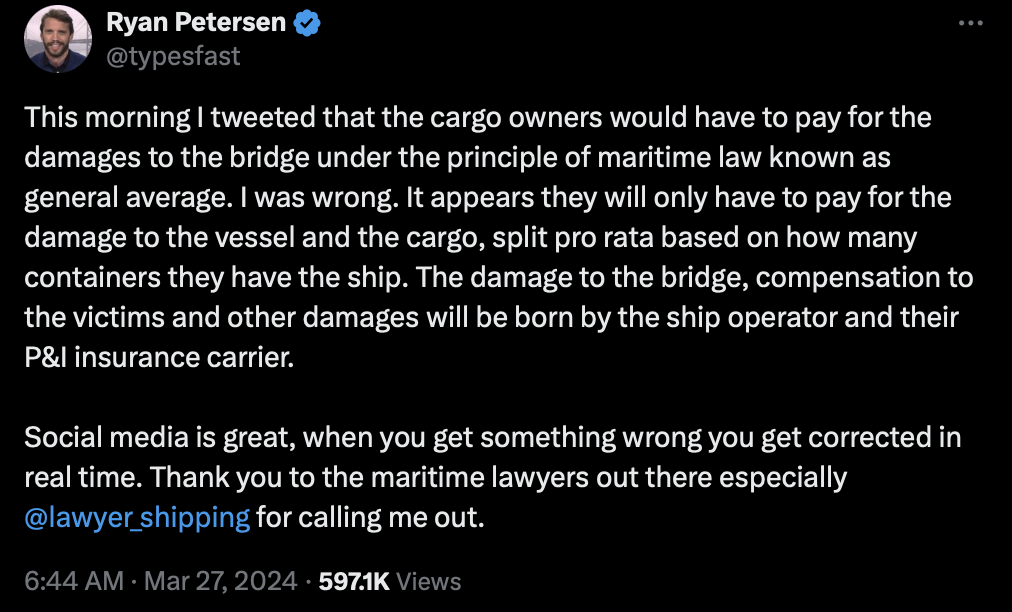
To clarify, damages to the vessel and cargo are covered under “general average”—paid by the cargo owners and their insurance companies. The bridge and other external damages will be covered by the property insurance of the ship operator. https://t.co/81Uu2hTShk
— Ryan Petersen (@typesfast) March 26, 2024
General Average is an ancient principle (older than the US constitution) designed to encourage sailors working to save a ship to not be concerned with whose cargo gets thrown overboard, just focus on saving the ship and the cargo owners will split the losses evenly.
— Ryan Petersen (@typesfast) March 26, 2024
“My understanding is that general average applies to first party property damage to cargo and any salvage expenses associated with retrieving the cargo. I do not believe this applies to third party damage (cost to replace the bridge),” said X user Chris Anderson.
As explained by an X user, known as Insurance Broker, Protection & Indemnity (P&I) insurance serves as the equivalent of general liability insurance for ships. This insurance protects vessel owners against liabilities arising from operating their ships, including negligence-related liabilities.
Given the enormous potential liabilities involved, particularly in cases involving large vessels like the Dali, which was involved in the crash, traditional insurers often cannot provide coverage at the necessary levels. As a result, shipowners typically turn to P&I Clubs, which pool risks and provide high-limit coverage tailored to maritime operations.
every time there is a boat thing happening in the news you get to watch both lawyers and non-lawyers come together to wade the most frightening waters imaginable (maritime law)
— Matt Margolis (@ItsMattsLaw) March 26, 2024
In the case of the Dali, owned by Grace Ocean Pte Ltd and managed by Synergy Marine Corp while operated by Maersk, it appears to be insured under the Gard P&I Club, the largest member of the International Group of P&I Clubs. This affiliation implies that any significant P&I claims arising from the incident may trigger reinsurance treaties at the international level, spreading the financial risk across a wider pool of insurers.
However, given the potential scale of liabilities stemming from the bridge collapse, it’s possible that the limits of liability offered by the Dali’s P&I coverage may be insufficient to cover all damages. In such cases, maritime operators often rely on additional coverage provided by excess liability or umbrella policies, specifically tailored for the maritime industry.
One such policy is known as Bumbershoot coverage, which acts as excess liability coverage for vessels, sitting above primary P&I coverage. These policies are designed to provide additional financial protection in scenarios where primary coverage limits are exceeded.
Ship Insurance:
— Insurance Broker (@Ins_Brkr) March 26, 2024
In light of the unfortunate events early this morning in Baltimore, let's discuss the insurance needs for Maritime Operators.
Praying for all those that were killed and suffered injury and that those missing are found alive soon
There are various types of…
Information for this briefing was found via Unusual Whales and the sources mentioned. The author has no securities or affiliations related to the organizations discussed. Not a recommendation to buy or sell. Always do additional research and consult a professional before purchasing a security. The author holds no licenses.

